Very Large Telescope
ESO's Very Large Telescope Pinpoints Most Distant, Energetic Fast Radio Burst: Shedding Light on the Universe's 'Missing' Matter
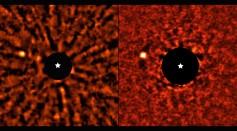
Hidden Jupiter-like Exoplanet Found Orbiting a Star 87.5 Light Years Away
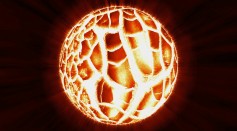
Neutron Stars Create 'Perfect' Explosion in Space, Forming Senseless Symmetrical Sphere
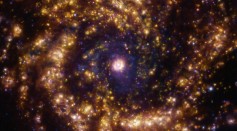
Starburst Galaxy Photo Shows A Golden Swirling Cloud of Gas
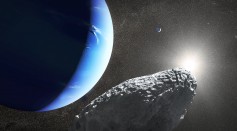
Neptune's Atmosphere Colder Than We Thought As It Dropped Temperatures in 2 Decades
Bizarre Dog Bone Shaped Asteroid Spied on Best Images Yet Via the Very Large Telescope
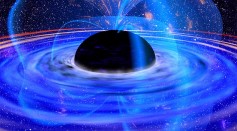
ESO Captures a Star Ripped Apart by a Black Hole
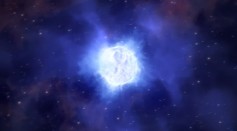
Now You See Me, Now You Don’t: Massive Telescope Captures Mystery Cosmic Disappearance
Black Hole Quietly Born From Collapsing Massive Star That Skipped Its Supernova Stage
The ESA Finds Champagne Nebula And Brighter Sets of Stars
Astronomers Capture the Most Detailed Images Yet of the Beautiful Medusa Nebula
Most Popular

How Technology Is Changing the Real Estate Industry?

Study Reveals High Turnover in Scientific Research Careers: What This Means for Future Scientists

How a Plant-Based Diet Can Protect Against Breast Cancer: Insights from Nutrition Research

Why It's So Difficult to Lose Weight: The Biological Explanation Behind Obesity





